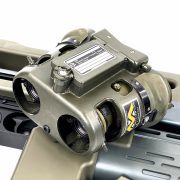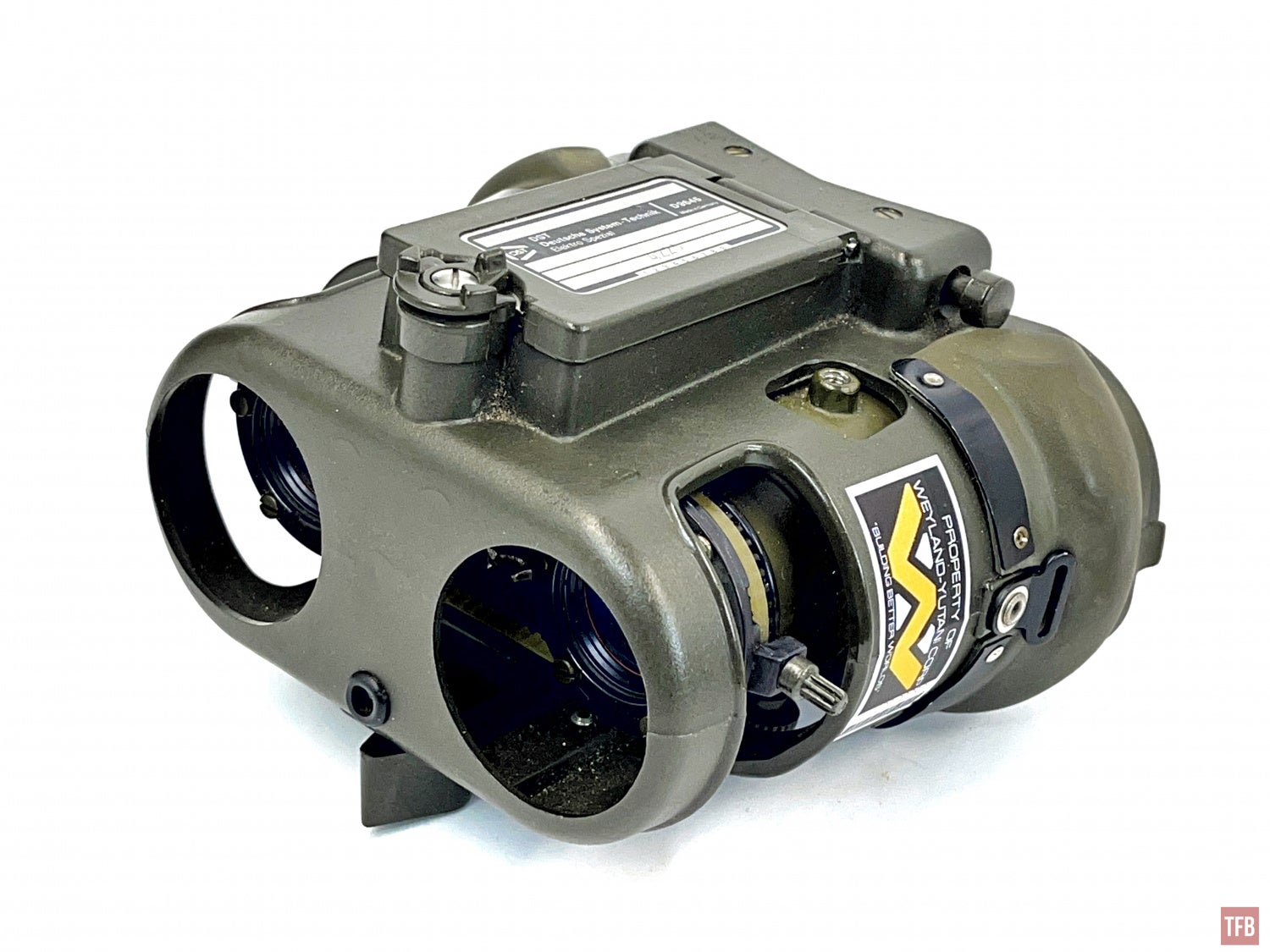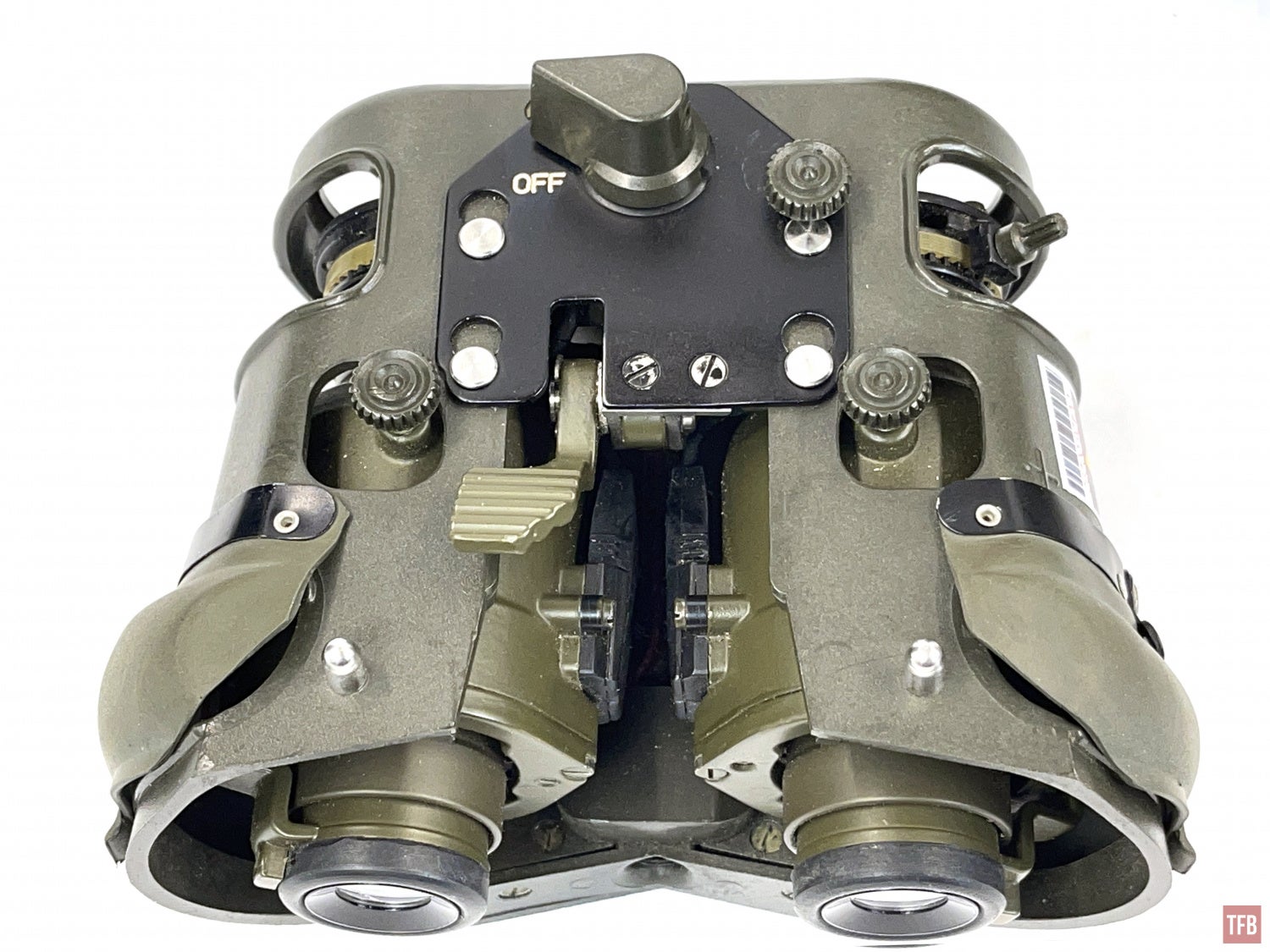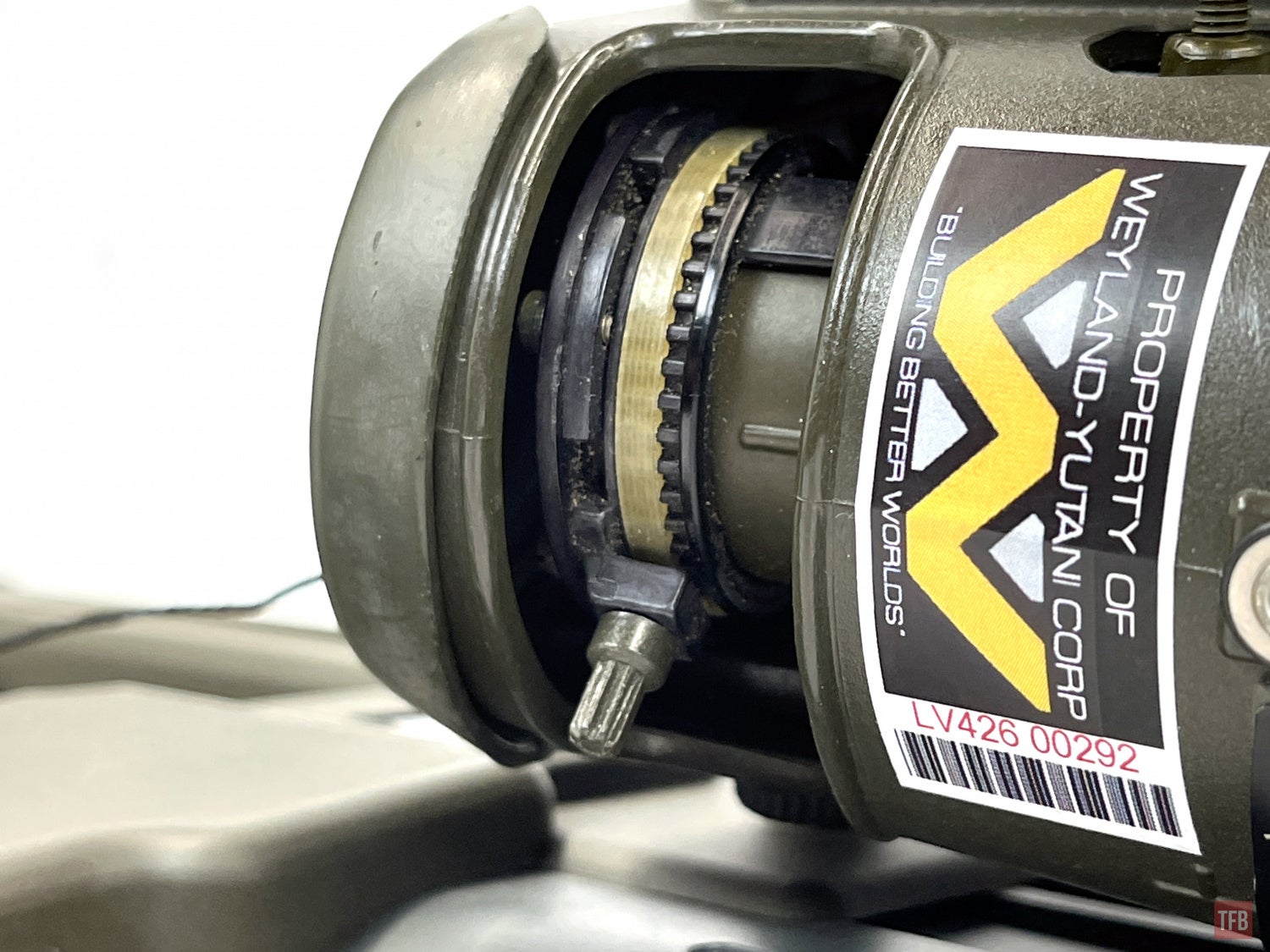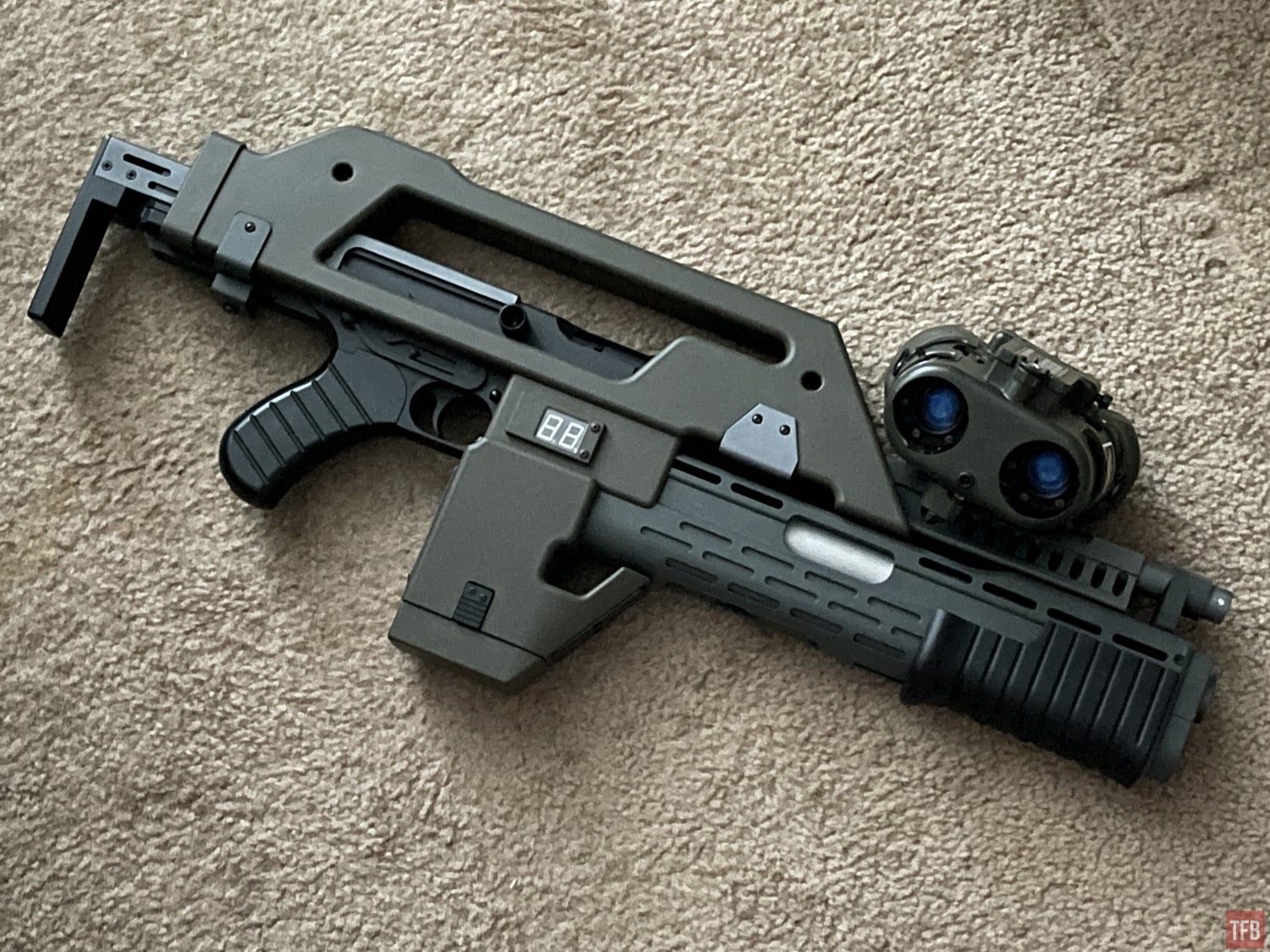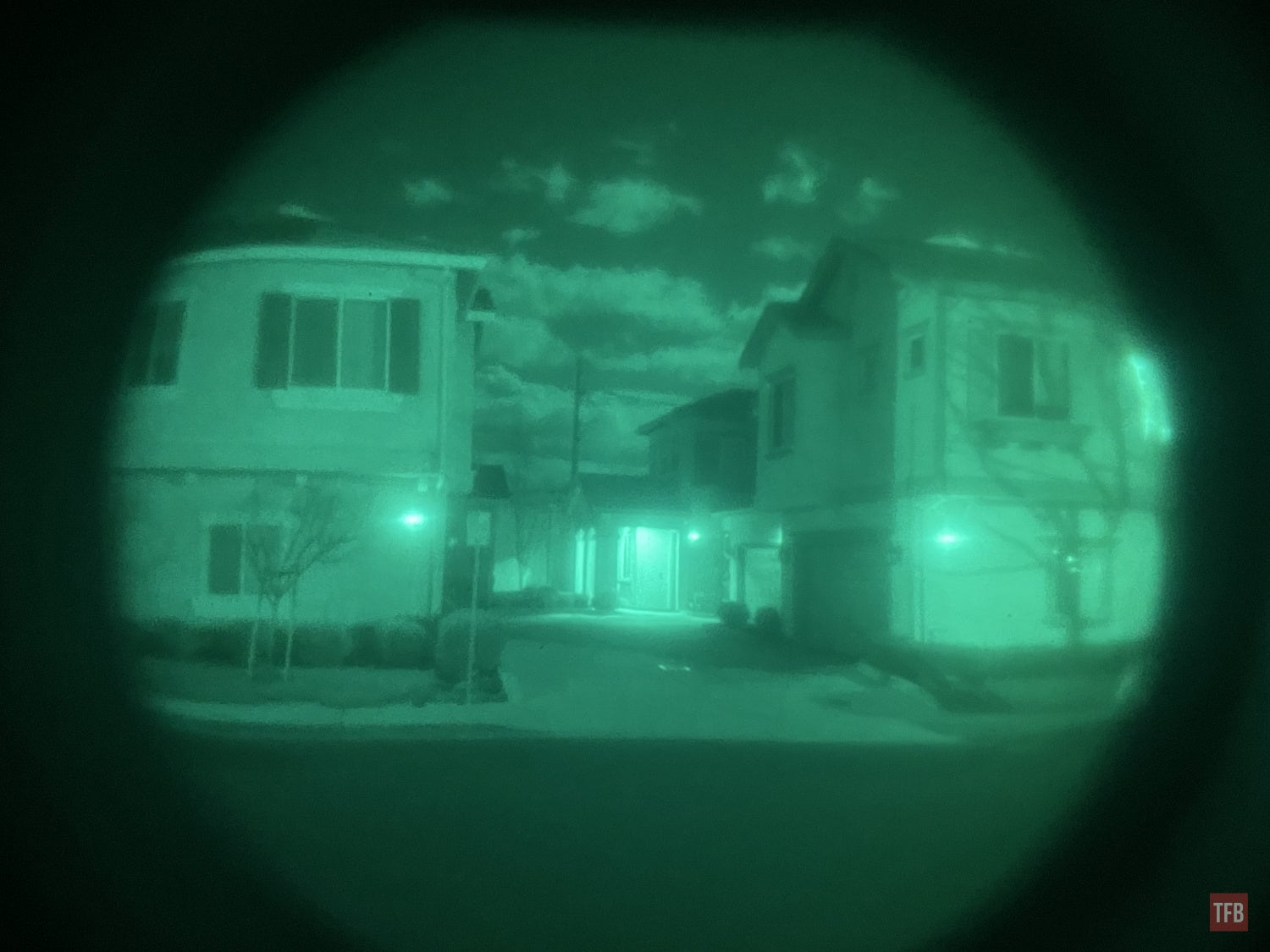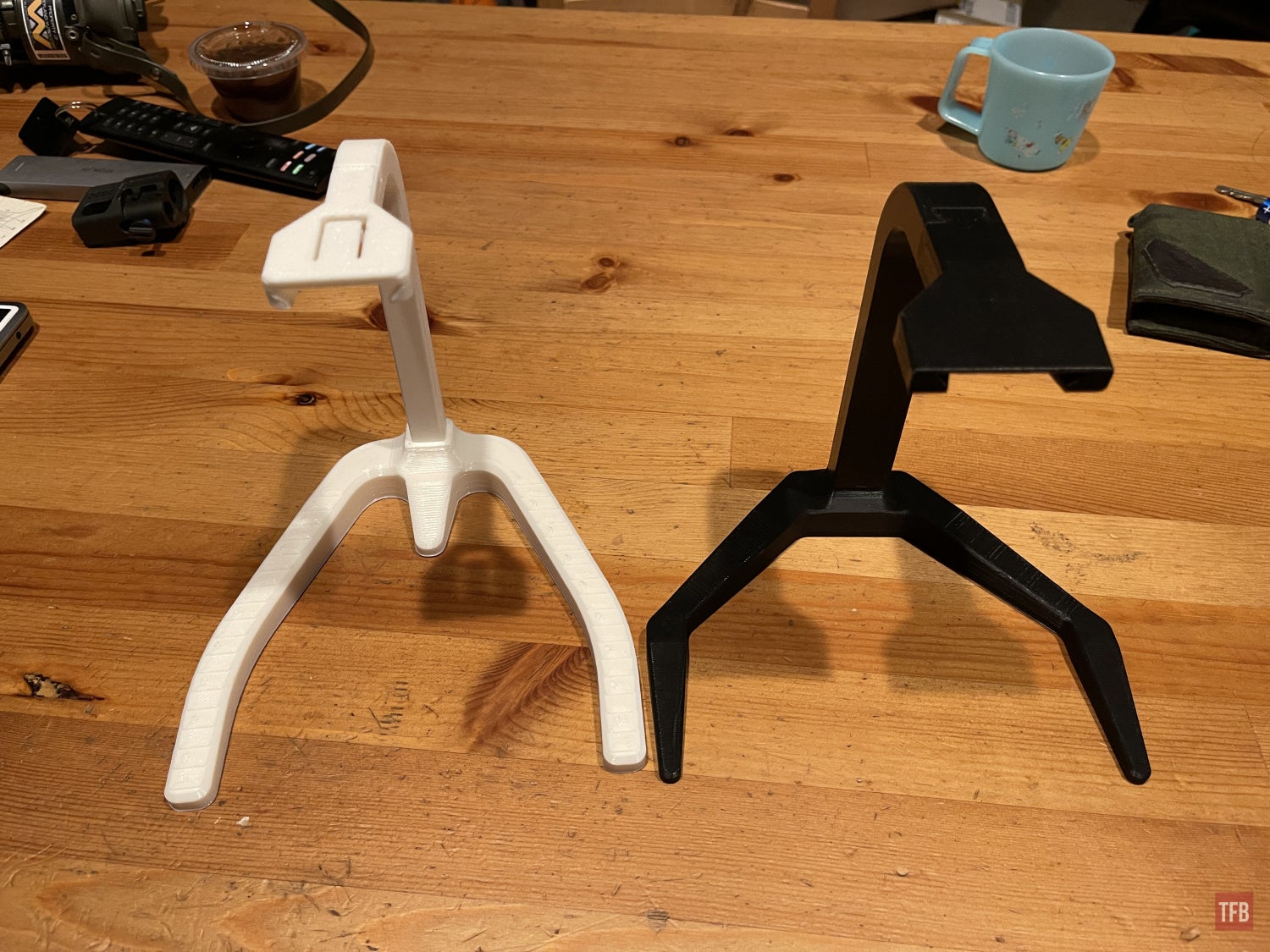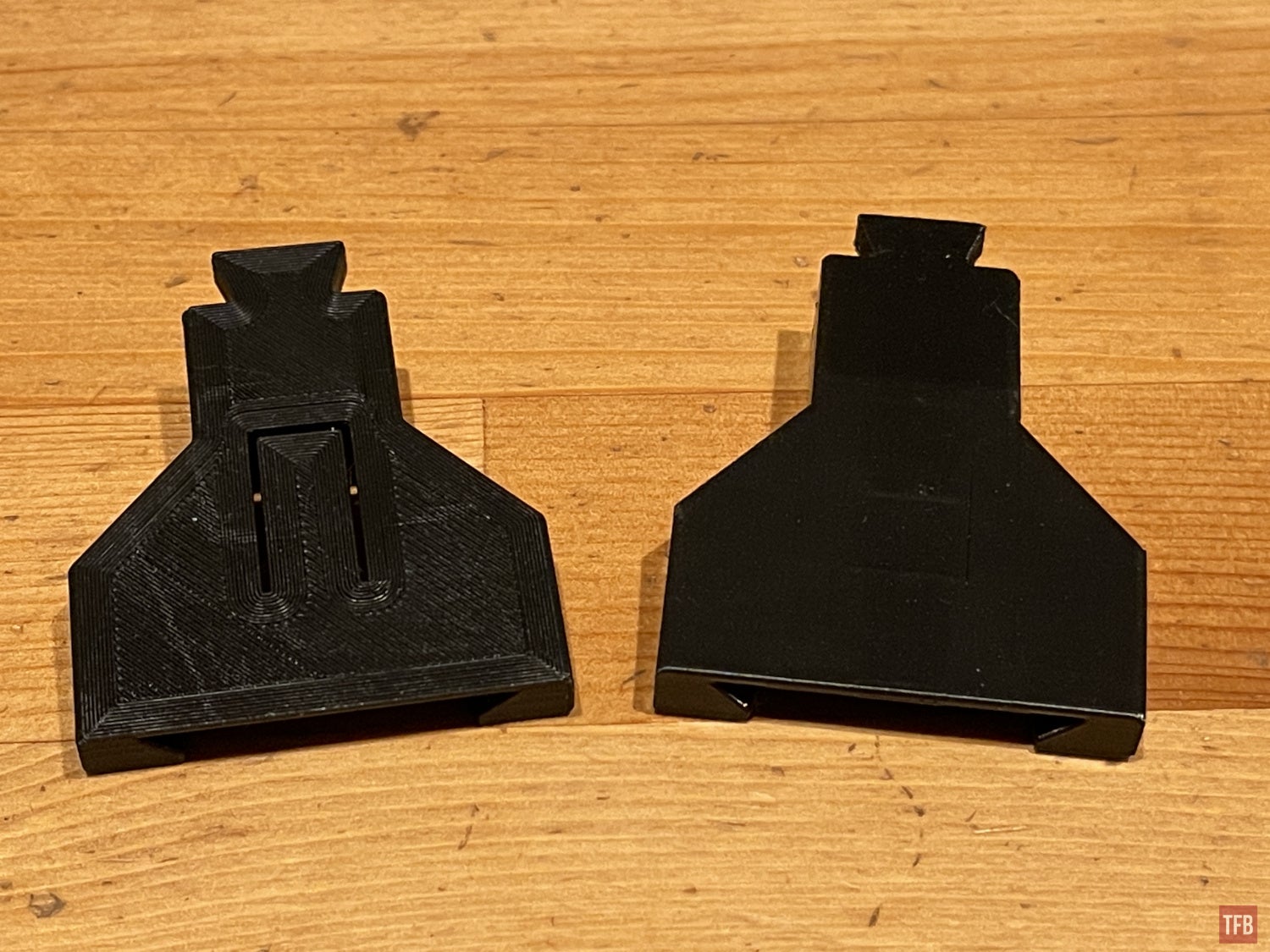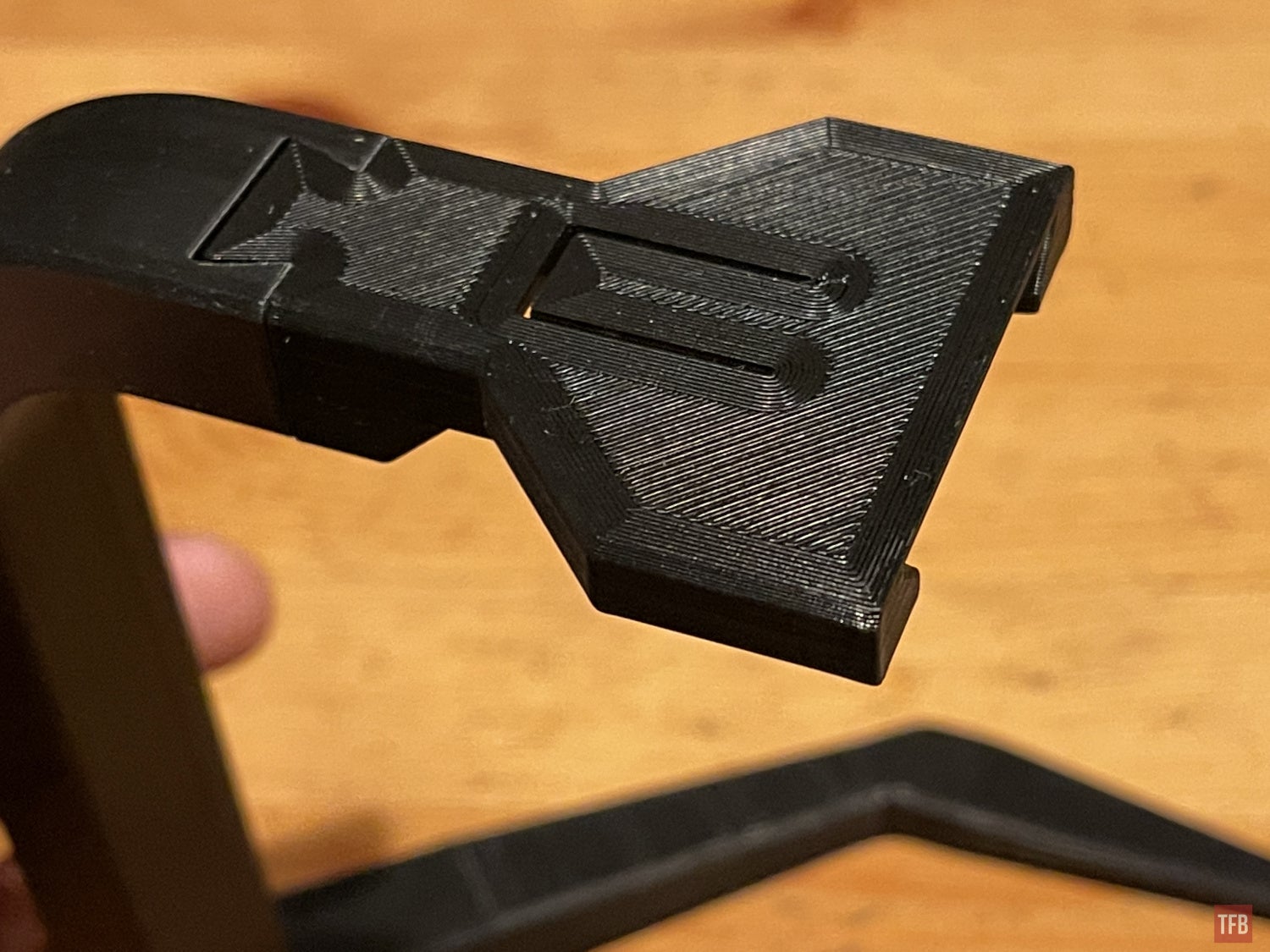Welcome to Friday Night Lights where I showcase and review night vision and thermal-related items. I suspect the featured image of today’s article may have intrigued you to check out these old night vision binoculars. The Fero D-51 is a German-made night vision binocular that was used in the 80s and in some famous films. I got my hands on one and it is cooler than I expected.
German Night Vision @ TFB:
Fero D-51 Surplus Bundeswehr NVGs


Photo from Nikodem Szczygielski
The Fero D-51 is often listed and sold as surplus night vision from the German Armed Forces (Bundeswehr). I have not been able to find much information about these goggles other than finding some for sale online. All the listings and websites that sell them refer to them as surplus Bundeswehr night vision goggles. But other than the image above, I have not found images of these in use. So I am not sure when they were invented nor when they were fielded if at all. The photo above is allegedly of GSG 9 according to Nikoderm, but when I did a Google Images search, of that image, it is linked to a Chinese website claiming it is from an Argentinian SWAT team.
The Fero D-51 is somewhat like the PVS-5. It is a dual-tube binocular night vision device. The housing is a polymer shield that protects the monoculars inside.

The D-51 is worn on the head with a skull crusher face mask. Rather than using a counterweight, the mask is rigid and pushes against your cheekbones to stabilize the D-51. The goggles are not lightweight. Just the goggle alone weighs 28.4 ounces or 805 grams!

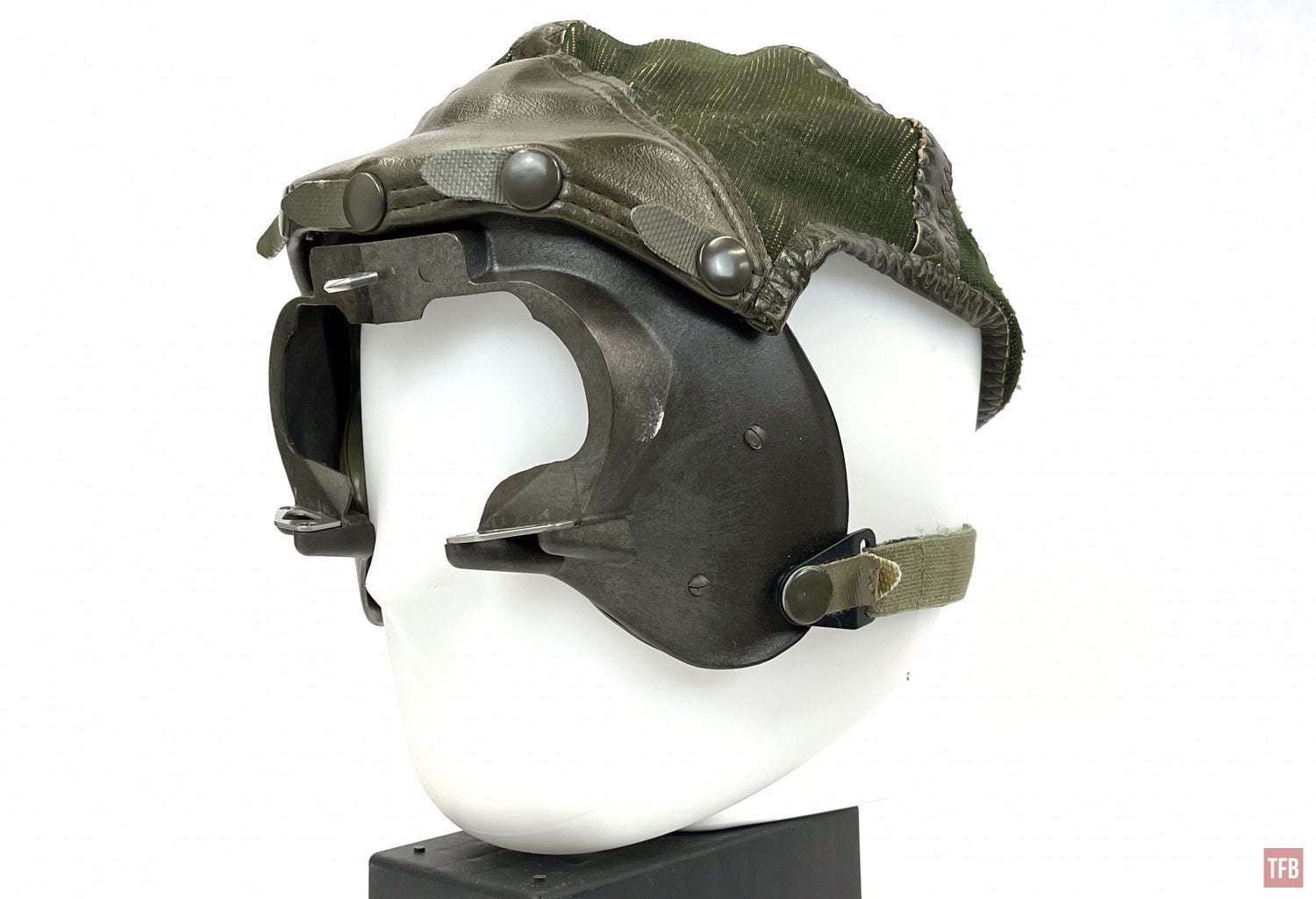
The only adjustment is the two velcro straps that sit below your ears.
The plastic mask portion has metal attachment points.
Under the D-51 goggle are two metal pins. When the goggle is oriented upright, the metal pins point downward and sit in those triangular brackets.
Once you put the pins in the holes you tilt the D-51 back and the arrow-shaped tab inserts into the hole in the top of the goggle. This is the power cut-off. If you do not have the goggle attached to the mask, it cannot turn on.
The D-51 is an odd-looking night vision goggle.
The line of snaps along the circumference of the skull crusher is how the plastic mask is attached to the soft cap.
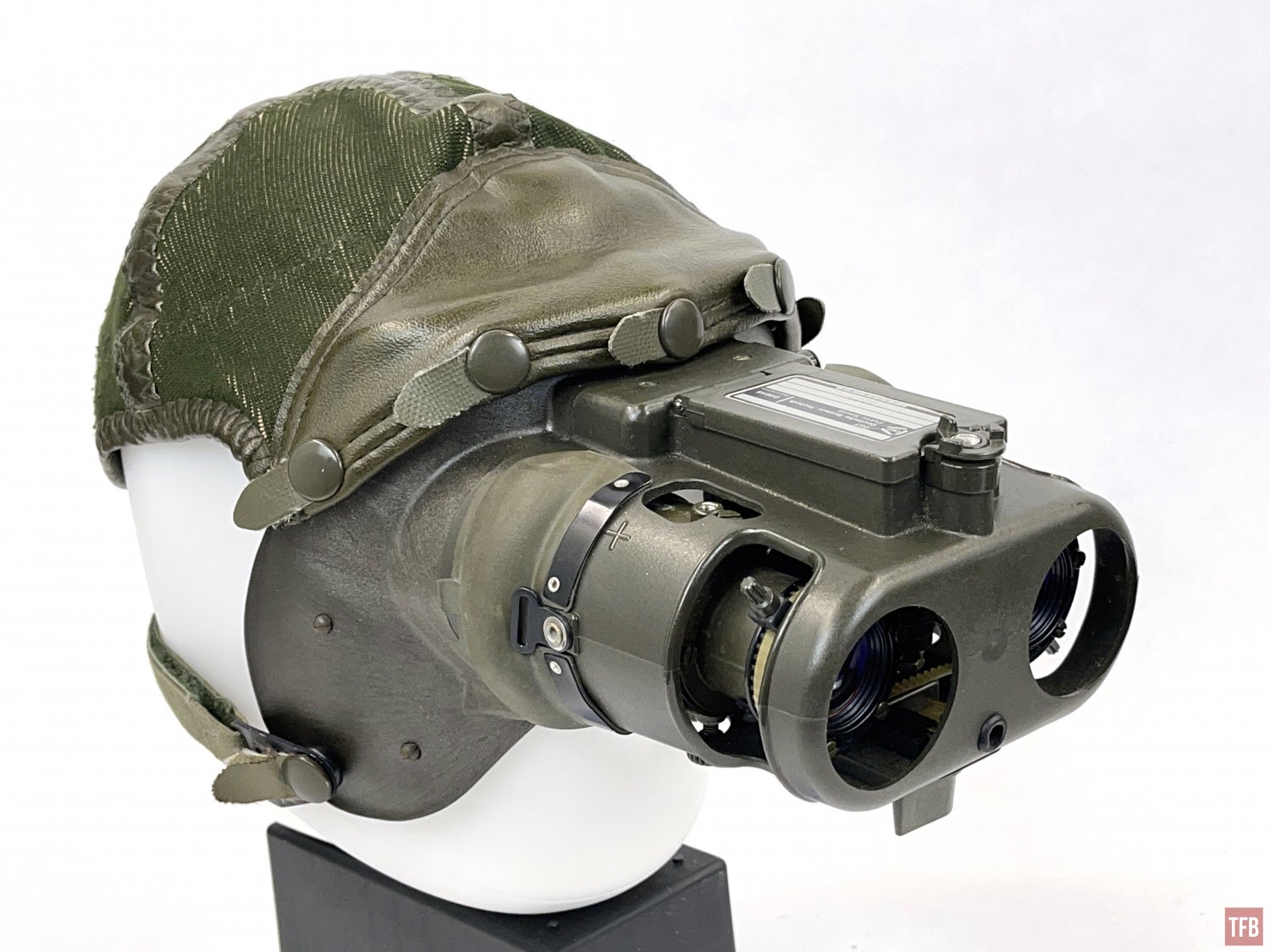
You may have noticed a belt system wrapped around the objective lenses.
The objective lenses are geared and linked to one another. So when you adjust objective focus, they are adjusted simultaneously.
At the top of the D-51 housing is a serial number plate. These goggles were made by DST (Deutsche System Technik). I have not been able to find any information on this company. I have seen other instances of the D-51 with Thales labels on them. I have a feeling multiple companies made this goggle design and licensed it from whoever designed it. Since it is called the Fero D-51, perhaps it was designed by Hensoldt? They made the Fero Z-51 night vision scope I reviewed.
Here is a photo I found online that shows some were made by Phillips GmbH.


Photo from Andor Pirntke
This is the D-51 I saw with a Thales label.


Photo by Soljanka from Reddit
The D-51 is powered by a pair of AA batteries but they are installed in parallel rather than in series.
Behind the battery compartment, on the left side, is a push button. This is to release the goggle from the mask. This also allows you to operate the D-51 without the mask. If you hand hold the goggle like a normal pair of binos, you flip the on switch under the goggle to ON then pressing that side button to the right will complete the electrical circuit and turn the goggle on.
Since the D-51 is worn on a skull crusher, the adjustments for the goggle are internal, similar to the PVS-5. On the bottom of the goggle is the power switch. Flip it to the right so the switch points forward and the goggle will turn on. Remember you need the mask or press that side button to complete the electrical circuit. If you turn the switch all the way to the 3 o’clock position it will turn on the onboard IR illuminator.
If you look inside the plastic housing, through the front orifices, you can see a vertical hinge in-between both objective lenses. This is for interpupillary distance adjustment. Look at the image above, just below the black metal plate is a green lever. Pull that lever down (if you were looking through the goggles like normal), and that releases the tension on the monoculars. You can now push the eyepieces closer or further apart from each other.
On either side of the D-51 housing are rubber covers/flaps.
Lift the flaps and you can access the eyepiece diopter adjustment lever.
On the top and bottom of the D-51 are these threaded holes. When you release the adjustment lever, you can grab the monoculars by these points and adjust the monoculars for tilt and eye relief. The screw on the right side of the black plate is for the snap-on lens cover retainer.

The lens covers snap onto the outer housing but I question how effective this is since there are huge holes on the side and the objective lenses are not flush with the outer housing. Light can leak into the sides.
Fero D-51 Used In Movies
My interest in the Fero D-51 increased significantly when I tried looking for photos of it being used. As I said earlier, I was unable to find images of the military or LE using them other than that one photo I posted earlier. I did find out that the D-51 was used in two famous movies – James Cameron’s Aliens and James Bond Living Daylights.
Colonial Marine Space Binos
These were used in Aliens? Yes, they were. Just not this specific goggle but the same kind.
According to a fan-made Aliens and Predator site, the Fero D-51 was used by Apone just after they land on LV426 and proceed to enter the colony. See the scene below.
In the scene, you can see the belt-linked objective lenses rotate together.


Screenshot from Aliens


Screenshot from Aliens
They did not use the mask but instead the vinyl neck strap like a pair of binoculars. My D-51 came with this neck strap. Now you know why I put the Weyland Yutani sticker on the housing.
I had to nerd out a bit and took some photos with my airsoft M41A Pulse Rifle.

Saunders Spots For Bond
A year after Aliens, The Living Daylights came out in 1987. According to that fan made Aliens site, Pinewood Studios produced both Aliens and The Living Daylights so it is possible the same goggle was used in both films. At the beginning of The Living Daylights, Bond and Saunders are trying to help KGB General Georgi Koskov defect. He is trying to leave a concert hall in Bratislava. Bond covers him with a night vision equipped Walther WA2000. Saunders helps spot for him using the Fero D-51 binoculars.


Screenshots from The Living Daylights
Saunders uses the skull crusher/face mask to don the D-51s.
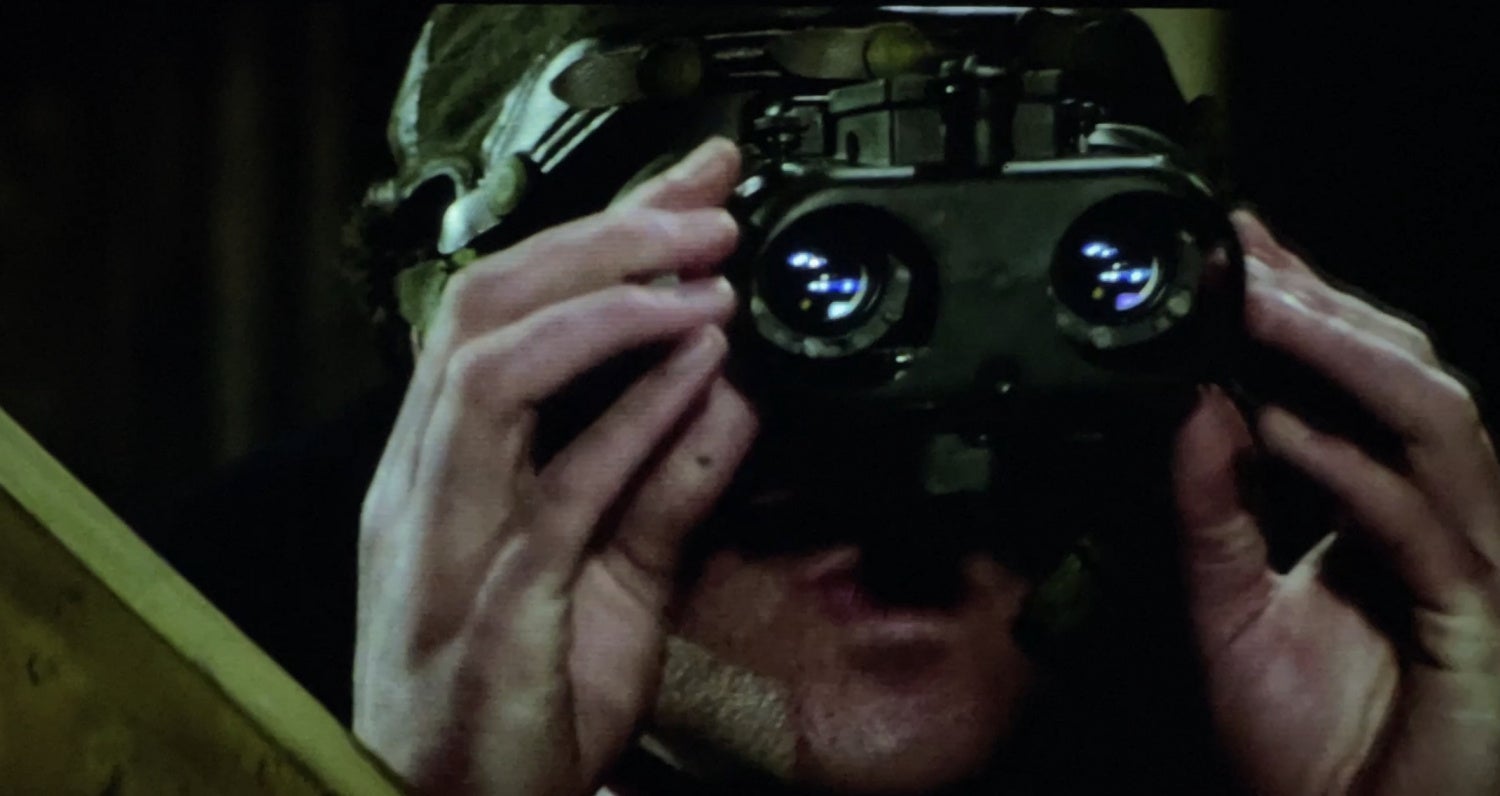

Screenshots from The Living Daylights
In that scene, they show what looks like POV from the Fero D-51 binos. Although they fake the wide field of view by showing an oval-shaped FOV. The color of the night vision looks like P43 green phosphor. My D-51 is more of a teal color. Also, there is fisheye distortion at the outer edges of the image.
When you turn the IR illuminator on, there are two red LEDs that turn on to let you know it is on.


It was a near full moon and the right light helps show the fixed pattern noise (chicken wire).
I took one of my 3x afocal PVS-14 magnifiers and inserted the coupler into the front orifice of the housing. I was able to augment the D-51 with 3x optical zoom. There is nothing holding this in place. But it is easy to simply hold the lens against the goggle housing while you are looking through them.
Upgrading The D-51
I bought these from Niclas in Germany. He had designed and 3D printed some upgrade parts for the D-51. Mainly a dovetail adapter so you can use modern mounts and an on-switch override.
If you recall, the D-51 goggle has an auto shut-off when the goggle is not mounted to the face mask. You can press the button on the side to complete the circuit but if you want to wear the D-51 on a helmet or Crye Night Cap there is no solution, until now. Niclas made this 3D printed override piece that functions just like the metal tab on the D-51 mask. Just insert this 3D printed hook shaped piece into the slot in the back of the goggle. No you no longer have to press the side button when you flip the goggle on.
The dovetail adapter is pretty simple and works great. It slips over the battery compartment lid. He sent me a prototype with looped wings to use with shock cords on a helmet.
The dovetail is cleverly designed. It has a spring-loaded catch that is user adjustable by turning the silver screw down the center. This is for adjusting the dovetail for out-of-spec mounts.

Niclas said the goggle tends to hit the brim of helmets so it is only really suitable for using a Crye Night Cap. So I tried mine and it works.

I did have to double up on counterweight to get the head to balance for these photos.
When Niclas told me the D-51 does not fit under a helmet, I thought perhaps the MTEK FLUX might work since the brim slope upward. I was right. I had to position my Wilcox G24 all the way down but it clears the helmet and I can see through the D-51.
Niclas also made me a 3D-printed NVG stand. Here it is in black next to my white NVG stand printed and designed by SAMFG. Niclas’ stand is similar but has a different dovetail shoe.
The dovetail shoe on the left is his normal shoe. The one on the right is for PVS-21.
The difference is the height of the shoe relative to the arm.
Here is Niclas’ NVG stand with my PVS-21.

See how close the housing is to the stand arm?
If I use the normal dovetail shoe, it sits higher up and the PVS-21 hits the arm of the stand.
Niclas makes adapters for bayonet J-Arms if you so desire. You can get his NVG stand from his eBay listing. They are 44 Euros.
Final Thoughts On The D-51
I was moderately intrigued with the D-51 due to the price and my experience with the Fero Z-51 night vision scope. Niclas sold his goggles for 1400 Euros. It only cost 65 Euros to ship it from Germany via UPS. Once I learned that a D-51 was used in Aliens by Apone my enthusiasm for these goggles increased.


Photo from Xenopedia. Behind the scenes Al Matthews wearing the D-51 around his neck.
The Living Daylights was cool too but Aliens is one of my all-time favorite movies so that helped make these surplus German Bundeswehr bino NVGS that much cooler. You can still find them online at various German surplus shops for 2K Euros.


